Wyoming fishing seasons provide an excellent chance for fishermen to enjoy the state’s stunning waters and varied fish species. Regardless of whether you’re an experienced angler or a beginner in the activity, to fish legally in Wyoming, you must adhere to statewide rules and area-specific exceptions.
Here’s a simple guide to the fishing seasons, licenses, limits, and key regulations you should know.
When Is Fishing Season In Wyoming?
In Wyoming, you can fish all year round, any time of day, in most waters.
However, there are some specific rules for certain areas, streams, and lakes, so it’s good to check the regulations for those.
If you’re looking for a special day to fish without needing a license, mark your calendar for Free Fishing Day on June 7, 2025. Just remember, even on that day, all other fishing rules still apply!
| Fish Species | Best Months to Fish | Tips & Locations |
| Trout | Year-round (peak: Apr–Jun, Sep–Oct) | Lake trout: Flaming Gorge, Jackson Lake. Cutthroat: Alpine lakes (Area 1). Use ice jigs or bait. |
| Rainbow/Brown Trout | Apr–Jun, Sep–Oct | Try the North Platte River below Gray Reef Dam (open year-round). |
| Brook Trout | Jun–Sep | Small jigs or flies. |
| Lake Trout (Mackinaw) | Dec–Mar (ice fishing) | Flaming Gorge Reservoir: Target depths 60–100 ft. No size limit for ≤28″. |
| Walleye | Apr–May, Dec–Feb (ice fishing) | Use jigging spoons or minnows. Glendo Reservoir is a top spot. |
| Northern Pike | Apr–May, Dec–Feb (ice fishing) | Aggressive strikes; use large baitfish or spoons. |
| Burbot (Ling) | Jan–Mar (ice fishing) | Bighorn Lake and Flaming Gorge. Use glow-in-the-dark jigs. |
| Channel Catfish | Jun–Aug | Limited activity; try the North Platte River near warmer discharges. |
| Yellow Perch | Dec–Mar (ice fishing) | Ocean Lake or Pathfinder Reservoir. Small jigs with maggots. |
| Tiger Muskie | May–Jun, Sep–Oct | Catch-and-release only |
Wyoming Fishing Licenses & Requirements
Who Needs a License?
If you want to fish in Wyoming, you’ll need a license if you are 14 years or older, whether for residents or non-residents.
For those planning to fish regularly, there are a few key licenses to consider. A resident annual license($27) and a conservation stamp. If you’re coming from out of state, a nonresident annual license is much expensive, which costs $102.
For younger anglers under 18, there are discounted licenses available for both residents and nonresidents, making it easier for kids to get involved in fishing.
Who Are Eligible For Free Licenses?
Some people can qualify for free licenses. This includes:
- Disabled veterans
- Pioneers who are 65 or older and have lived in Wyoming for at least 30 years
- Those who have tribal permits
- Landowners who is fishing on their own property
So, before you head to any spot, it’s important to check the requirements to make sure you have the right license and can enjoy your time on the water.
Fishing License Costs
| License Type | Fee |
| Resident 12 Month Fishing License | $27 |
| Resident Daily Fishing License | $6 |
| Resident Youth 12 Month Fishing License (between 14th & 18th birthday) | $3 |
| Resident Lifetime Fishing License (requires 10 years continuous residency) | $311 |
| Resident Lifetime Fishing License & Conservation Stamp (requires 10 years continuous residency) | $497 |
| Resident Lifetime Fishing License & Conservation Stamp for the permanently and totally disabled | Free |
| Resident Lifetime Pioneer Fishing License (65 years of age and 30 total years of residency) | Free |
| Nonresident 12 Month Fishing License | $102 |
| Nonresident Daily Fishing License | $14 |
| Nonresident Five Consecutive Day Fishing License | $56 |
| Nonresident Youth 12 Month Fishing License (before 18th birthday) | $15 |
| 12 Month Conservation Stamp | $22 |
| Lifetime Conservation Stamp | $186 |
| Flaming Gorge Reservoir Reciprocal Stamp (must possess a valid Utah resident fishing license) | $30 |
| License to Seine or Trap Fish | $21 |
| License to Deal in Live Bait | $69 |
Statewide Creel & Size Limits
Statewide Limits
A creel limit specifies the number of fish you can catch in a day at any fishing spot, and states also regulate the size of the fish you are allowed to keep.
Trout (combined species):
- Lakes: 6 daily (only 1 fish can exceed 16″ in length).
- Streams: 3 daily (only 1 fish can exceed 16″ in length).
- Total combined limit: 6 trout/day.
Brook Trout: 16 daily.
Lake Trout/Splake: 6 daily (only 1 >24″).
Walleye/Whitefish: 6 daily.
Sauger and Shovelnose sturgeon: 2 daily.
Channel catfish, Largemouth and smallmouth bass: 6 daily.
Tiger muskie: Only 1 daily; all tiger muskie less than 36 inches need to be catch-and-released immediately.
Nongame fish (e.g., perch, bullhead): 50 daily.
Regional Exception Limits
Area 1
- Trout: 6 daily in lakes; 3 in streams and no more than one trout can exceed 16 inches; and no more than one cutthroat trout shall exceed 12 inches.
- Burboand Northern pike: Nongame fish, unlimited harvest.
- Whitefish: 25 daily
- Flies/lures only in Flat Creek, Gros Ventre River, and Salt River.
- No live baitfish; dead bait restricted to native species.
Area 2
- Trout: 6 daily in lakes; 3 in streams and no more than one trout can exceed 16 inches.
- Northern pike: Nongame fish, unlimited harvest.
Area 3
- Trout(includes brown, cutthroat, grayling, golden, rainbow, salmon, tiger trout, and other trout hybrids): 6 daily in all streams and lakes.
- Northern pike: Nongame fish, unlimited harvest.
Area 4
- Trout: 6 daily in all lakes; 3 daily in all streams, but no more than one trout should exceed 16 inches.
- Burbot (ling), Northern pike, Walleye, Yellow perch: These are nongame fish with unlimited harvest.
Area 5
- Trout: 6 daily in all lakes; 3 daily in all streams, but no more than one trout shall exceed 16 inches.
- Brook trout: 6 daily in all lakes and 16 in all streams.
- Burbot (ling)and Northern pike: Nongame fish with unlimited harvest.
Key Fishing Regulations To Know
When fishing in Wyoming, it’s crucial to understand the regulations that ensure a fun and responsible experience for everyone. Familiarizing yourself with these rules not only helps you stay compliant but also contributes to the preservation of the state’s aquatic ecosystems.
Here are some key guidelines every angler should know:
- Fishing Hours: You can fish from 30 minutes before sunrise until 30 minutes after sunset. So, it is a good idea to plan your trips around these times for the best chance at catching fish.
- Bait Rules: Most areas prohibit the use of live baitfish, amphibians, and reptiles as fishing bait, so it’s essential to check local regulations before you head out. Dead baitfish can be used, but only in designated waters. Remember, live baitfish shall not be released, abandoned, or allowed to escape; they should be killed when your receipt expires.
- Ice Fishing: If you enjoy ice fishing, you’re in luck because it’s legal across the entire state! However, if you’re using an ice shelter, be aware that it must be removed at the end of each day. This practice helps keep the environment clean and safe for all anglers.
- Catch-and-Release: If you catch any fish that do not meet the size limits set by regulations, you must practice catch-and-release. This is vital for preserving fish populations so that future generations can enjoy fishing as much as you do.
- Transporting Fish: When it comes to taking your catch home, ensure that any fish you transport is identifiable. This means they should either be kept whole or have a patch of skin still attached. This rule helps authorities verify and keep track of the fish that were caught legally.
Additionally, be aware that snagging fish is unlawful and should be avoided. If you’re interested in using a seine, net, or trap, keep in mind that a valid seining license is required, even for baitfish.
Final Words
In conclusion, following creel limits and size regulations is essential for everyone to sustain healthy fish populations and safeguard Wyoming’s natural resources.
As you prepare for Wyoming’s fishing seasons, remember these tips to guarantee a responsible and fulfilling fishing outing.
More articles you may be interested in:
- Florida Fishing Seasons
- Idaho Fishing Season
- Alaska Fishing Seasons
- Vermont Fishing Season
- Minnesota Fishing Season


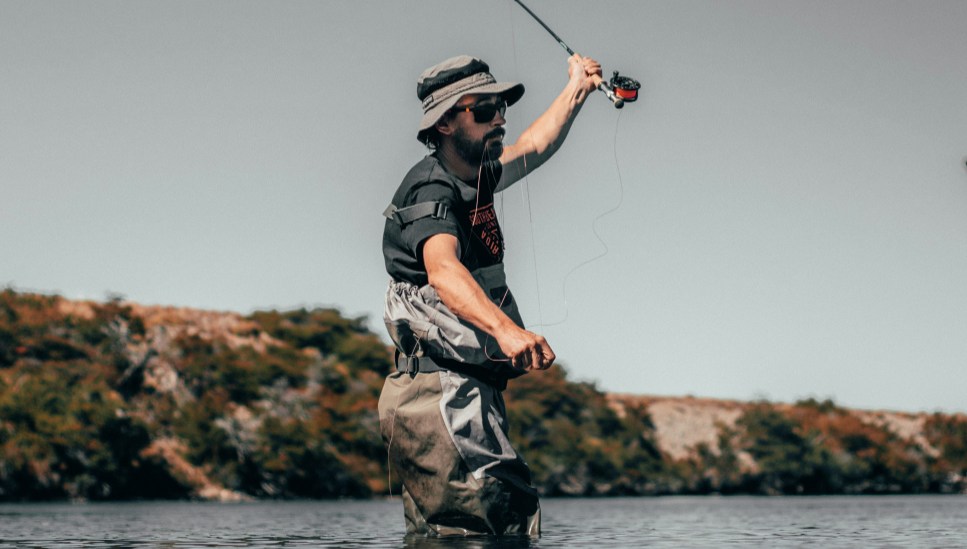
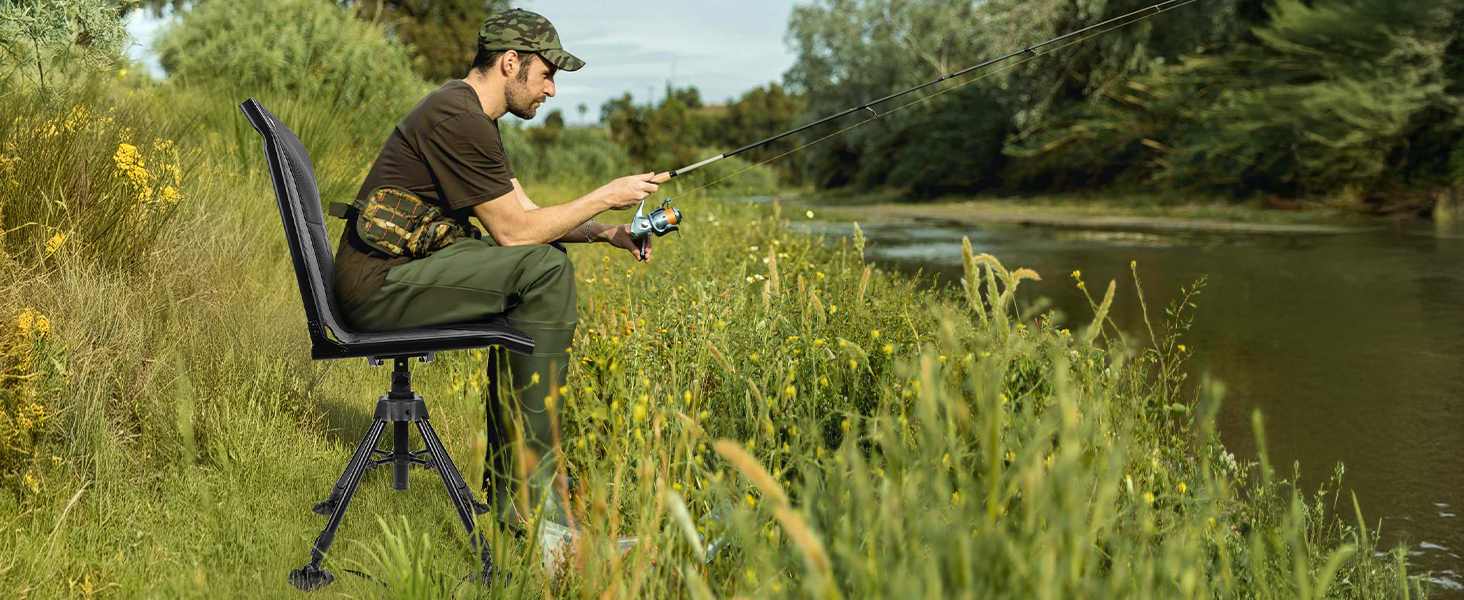
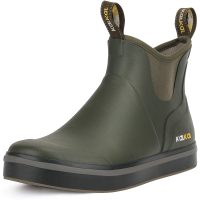

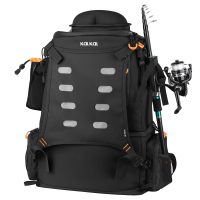
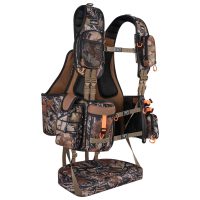
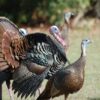
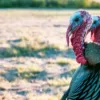
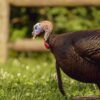
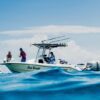
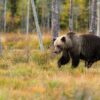
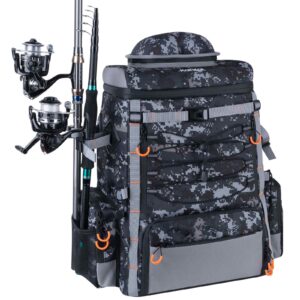
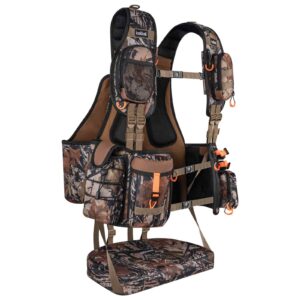
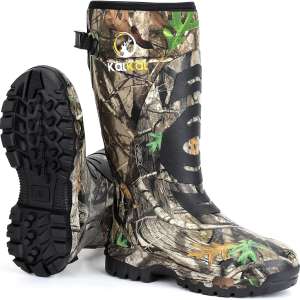
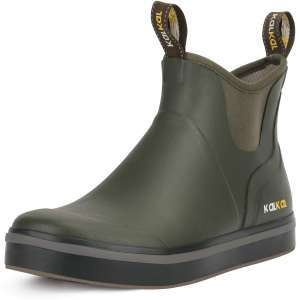


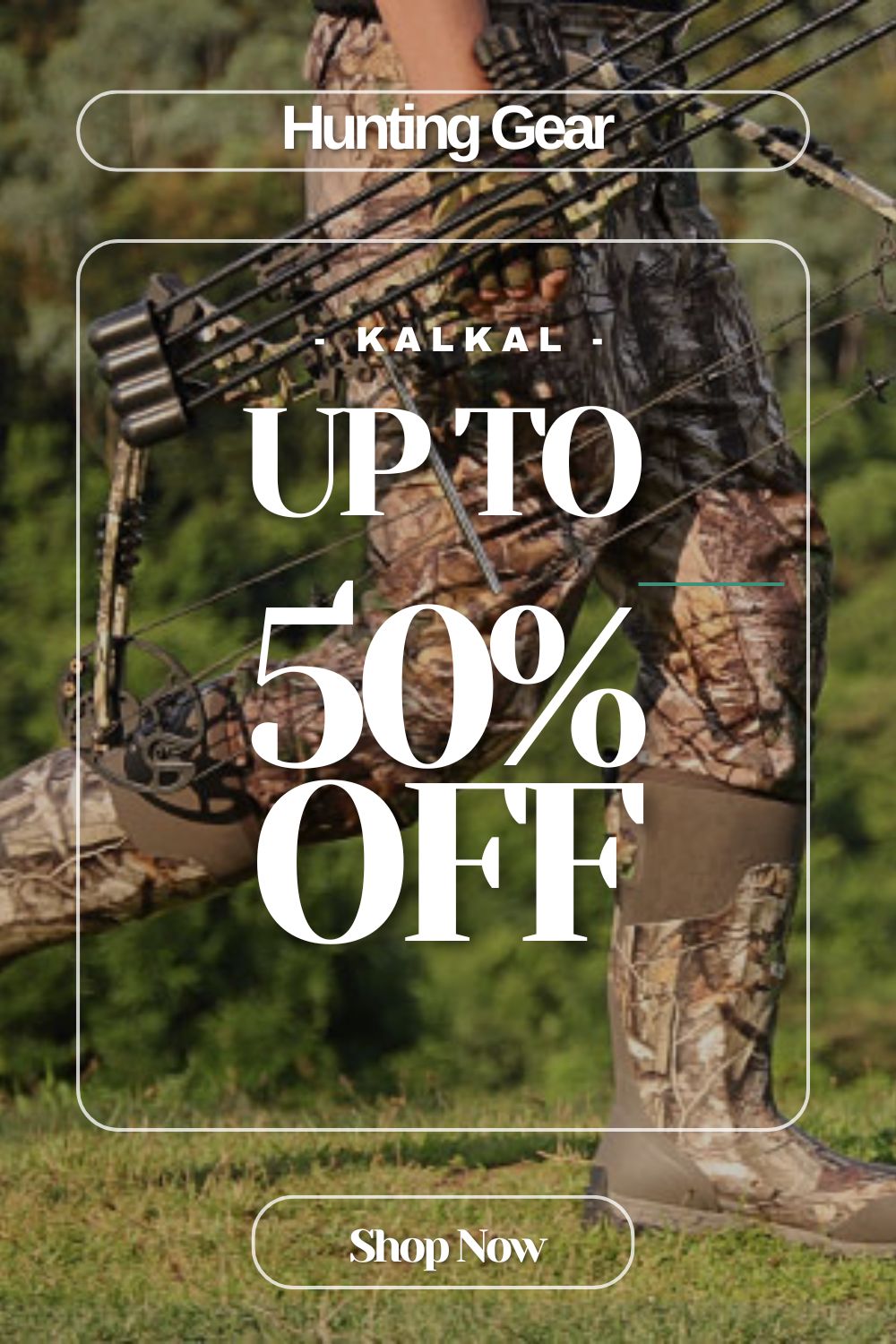

Leave a reply